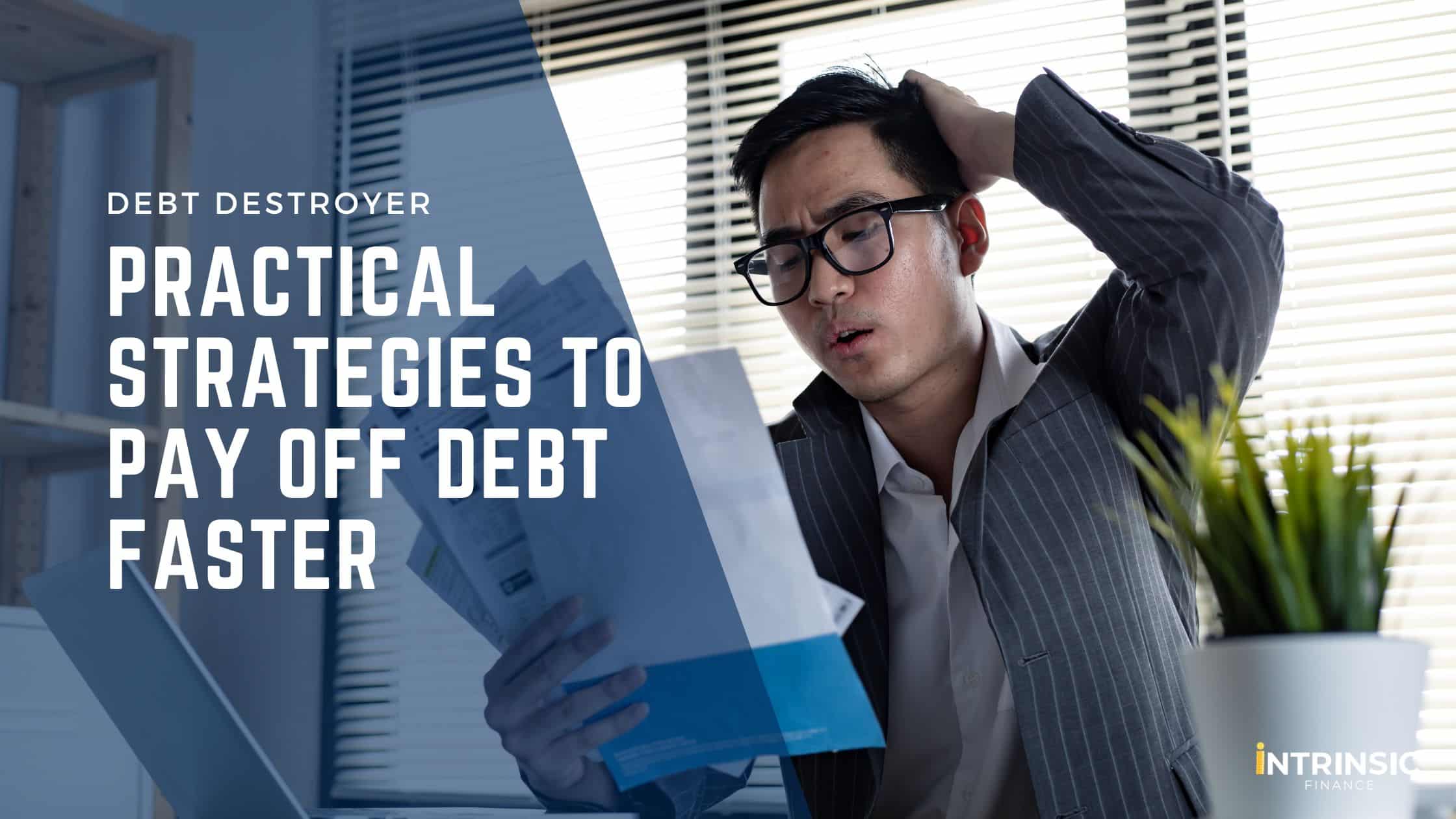Feeling buried in debt? It’s time to take control. Debt can be overwhelming, but with a strategic plan, you can break free from its grip. This guide will equip you with practical strategies to conquer your debt and regain financial freedom. From paying off credit cards and student loans to managing car financing, this guide will provide actionable steps to create a debt repayment plan tailored to your specific situation.
Debt encompasses various financial obligations, including credit cards, student loans, and personal loans. Each type of debt carries its interest rate and repayment terms, making it crucial to understand your financial landscape. This blog aims to provide actionable steps to create a debt repayment plan tailored to your specific situation.
1. Assess Your Debt
The first step to conquering debt is to understand its extent.
- Create a Debt Inventory: Make a comprehensive list of all your debts, including the creditor, balance, interest rate, and minimum monthly payment. This overview provides a clear picture of your financial situation.
Types of Debt:
| Debt Type | Characteristics |
|---|---|
| Credit Card Debt | Typically carries high interest rates (around 15% – 20%) and can quickly spiral out of control if not managed responsibly. |
| Student Loans | Often comes with lower interest rates than credit cards (around 3% – 7%) but can still be a significant financial burden, especially for recent graduates. |
| Personal Loans | Can be used for various purposes, such as debt consolidation, home improvement, or major purchases. Interest rates vary depending on your creditworthiness and loan terms (typically lower than credit cards but higher than student loans). |
- Prioritize Debts: Several methods can help you prioritize your debts. The avalanche method focuses on paying off debts with the highest interest rates first, while the snowball method targets the smallest debt balance first to build momentum.
Debt Repayment Methods:
| Method | Strategy | Pros | Cons |
|---|---|---|---|
| Avalanche Method | Targets debts with the highest interest rates first. | Saves more money on interest in the long run. | Requires more discipline and a larger initial payment. |
| Snowball Method | Targets debts with the smallest balances first. | Provides a sense of accomplishment with quicker payoffs. | May end up paying more in interest overall. |
- Calculate Debt-to-Income Ratio (DTI): Divide your total monthly debt payments by your gross monthly income. This ratio indicates your ability to manage your debt. A high ratio might require more aggressive debt reduction strategies.
Debt-to-Income Ratio (DTI):
A metric that compares your total monthly debt payments to your gross monthly income. Ideally, your DTI should be below 36%. A high DTI can make it difficult to qualify for loans or other forms of credit. It can also be a sign that you’re overextended financially.
By understanding the different types of debt, debt repayment methods, and the DTI ratio, you can gain valuable insights into your financial situation and make informed decisions about your debt repayment strategy.
2. Create a Realistic Budget
Once you’ve assessed your debt, it’s time to build a budget that supports your debt repayment goals.
- Track Your Spending: Continue monitoring your expenses to identify areas where you can cut back. Use budgeting apps or spreadsheets to categorize your spending and gain insights into your financial habits.
- Set Financial Goals: Establish clear and achievable debt repayment goals. Break down your larger goal into smaller, manageable steps. For example, if your goal is to pay off a $10,000 credit card debt in 18 months, your monthly goal would be approximately $556.
- Allocate Income: Prioritize debt repayment in your budget. Determine how much you can allocate to each debt based on your chosen repayment method (avalanche or snowball). Allocate the remaining income to essential living expenses, savings, and other financial obligations.
Budgeting Tips:
- Use the 50/30/20 rule as a starting point: Allocate 50% of your income to needs (housing, utilities, groceries), 30% to wants (entertainment, dining out), and 20% to savings and debt repayment.
- Create a detailed budget that includes all income and expenses.
- Review and adjust your budget regularly to accommodate changes in your financial situation.
3. Increase Your Income
Boosting your income can accelerate debt repayment. Consider these options:
- Side Hustles: Explore opportunities to earn extra money through freelance work, online platforms, or part-time jobs. Consider your skills and interests to find a suitable side hustle.
- Sell Unused Items: Declutter your home and sell unwanted items online or at local markets.
- Negotiate Bills: Contact your service providers to negotiate lower rates for utilities, cable, internet, and other bills. Be prepared to switch providers if necessary.
4. Debt Consolidation and Refinancing
Consolidating or refinancing your debt can simplify your repayment process and potentially save you money.
Consolidation Options:
- Debt Management Plans (DMPs): A DMP involves working with a credit counselling agency to negotiate lower interest rates and monthly payments with creditors.
- Balance Transfers: Transferring high-interest credit card balances to a card with a lower or 0% introductory APR can temporarily reduce interest charges.
- Personal Loans: Combining multiple debts into a single personal loan can simplify payments and potentially lower interest rates.
Refinancing:
- Student Loan Refinancing: Explore refinancing options to potentially lower your interest rate and monthly payments. However, be aware of the potential loss of federal loan benefits.
- Mortgage Refinancing: Refinancing your mortgage could lower your interest rate, shorten your loan term, or both. Consider the closing costs and overall savings before refinancing.
- Beware of Predatory Lenders: Be cautious of high-interest loans and payday loans, which can trap you in a cycle of debt. These loans often have high fees and interest rates, making them difficult to repay.
5. Seek Professional Help
If you’re overwhelmed by debt, seeking professional help can provide valuable guidance and support.
- Credit Counseling: Credit counselling agencies offer free or low-cost services to help you create a budget, negotiate with creditors, and develop a debt repayment plan.
- Debt Management Plans: These plans involve working with a credit counselling agency to consolidate your debts and make a single monthly payment.
- Debt Settlement: This option involves negotiating with creditors to settle your debt for less than the full amount owed. However, it can negatively impact your credit score and may not be available for all types of debt.
Remember: It’s essential to research and compare different options before making any decisions. Consider consulting with a financial advisor to determine the best course of action for your specific situation.
6. Stay Motivated and Celebrate Success
Staying motivated throughout your debt repayment journey is crucial.
- Reward Yourself: Celebrate your achievements, no matter how small. Recognizing your progress can boost your morale and keep you on track.
- Avoid Debt Traps: Be cautious of relying on credit cards to cover expenses. This can lead to a cycle of debt. Focus on building a solid financial foundation.
- Build an Emergency Fund: While paying off debt is a priority, don’t neglect saving for emergencies. An emergency fund can prevent you from accumulating new debt in case of unexpected expenses.
Conclusion
Conquering debt requires discipline, planning, and perseverance. By following these strategies, you can create a roadmap to financial freedom. Assess your debt, create a realistic budget, increase your income, consider consolidation or refinancing, seek professional help when needed, and stay motivated throughout the process. Remember, every step you take brings you closer to a debt-free future.
Start your debt-free journey today! Take control of your finances and build a brighter financial tomorrow.
Trust Intrinsic Finance for Car Financing
Once you’ve achieved your debt-free goals, you might be ready for a new car. Intrinsic Finance offers flexible car financing options to help you get behind the wheel.

